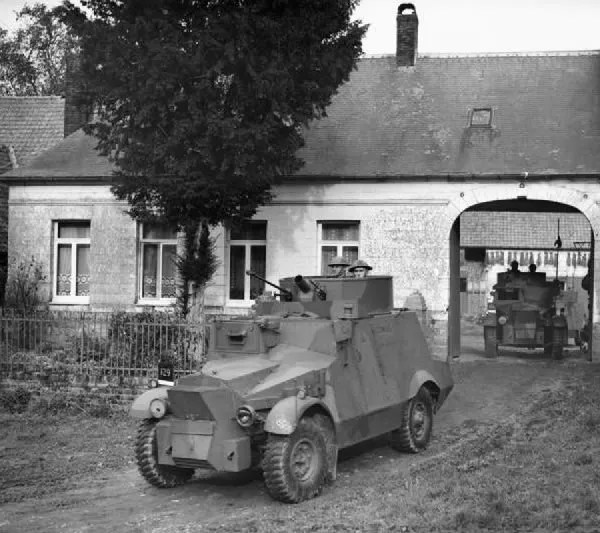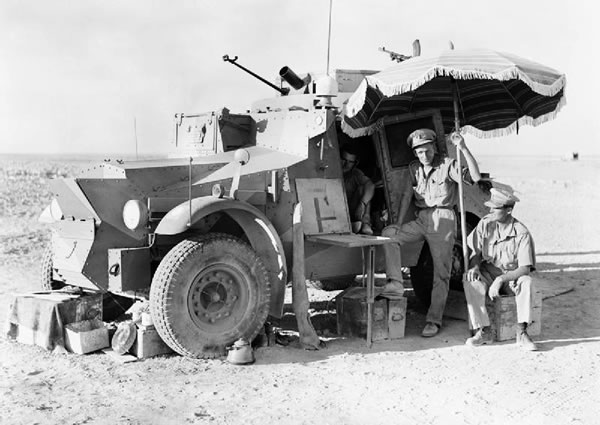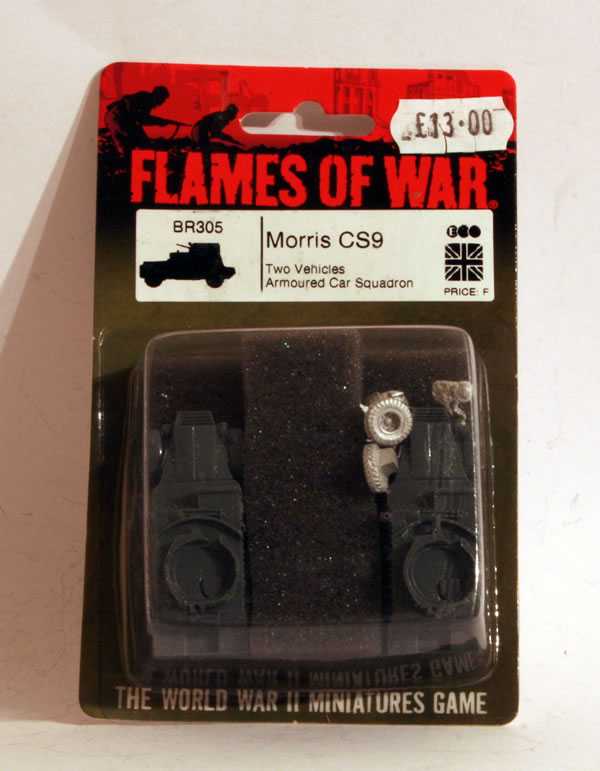After deciding to create an Early War Flames of War French force I went and got the French Early War Paint Set.
After purchasing the set and getting out some French Infantry to paint I was disappointed to find that the box set didn’t contain Green Brown (879)for the uniforms or Olive Grey (888) for the helmets. I had a pot of Green Brown, but no Olive Grey. So I left painting the infantry until I placed an order for some Flames of War miniatures and ordered a pot of Olive Grey paint.
So you can imagine my frustration when after that arrived and I sat down to give my Char B1 tanks a basecoat of Tan Yellow (912) the standard basecoat for French tanks was also not in the box. There was an assumption that you would have other box sets… I didn’t… so I needed to get another pot of paint in order to paint my models… I bought the box set so that I would have all the paints I needed, in the end I think it may have been easier to just buy the paints separately.
Once the Tan Yellow (912) arrived I gave the three Char B1s a basecoat.
The turrets were stuck to a wooden stick to make them easier to paint.






























